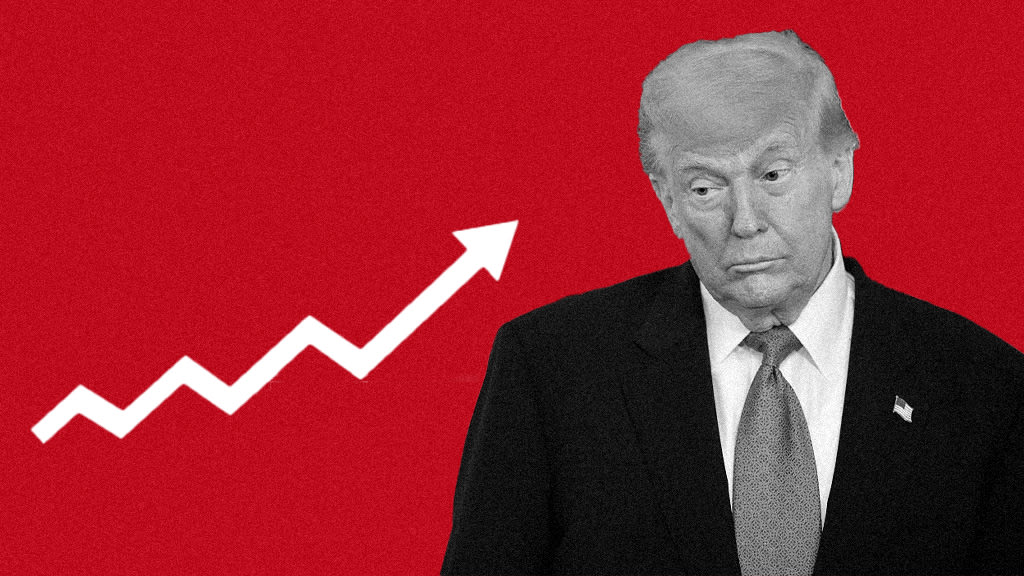What's a bear market, and how long might it last?
Wall Street's sharp downturn beginning in October has pulled the Nasdaq composite index into what's known as a bear market. The benchmark S&P 500 index is in what Wall Street calls a "correction" and is just a tick shy of a bear market, threatening to end the more than nine-year U.S. bull market run.
Here are some common questions asked about bear markets and corrections, and what they mean for average investors:
How does a bear market differ from a correction?
A correction is Wall Street's term for an index like the S&P 500, the Dow Jones industrials, or even an individual stock, that has fallen 10 percent or more from a recent high. A bear market occurs when the index or stock falls 20 percent or more from the peak.
Corrections are common during bull markets and are seen as normal and even healthy. They allow markets to remove speculative froth after a big run-up and give investors a chance to buy stocks at lower prices.
The S&P 500, Dow and Nasdaq entered a correction this month. The Nasdaq slid into a bear market Friday as a sell-off in Apple, Google's parent Alphabet and other big names weighed on the technology-heavy index.
It's the first time since World War II that the S&P 500 has had two corrections in the same calendar year.
All told, the Dow closed in holiday-shortened Christmas Eve trading at 21,792. That's 18.7 percent below its record close of 26,828.39 on Oct. 3. The S&P 500 index ended at 2,351. It's now down 19.8 percent from its high of 2,930.75 on Sept. 20. The Nasdaq has dropped to 6,193, or 23.6 percent below its peak of 8,109.69 on Aug. 29.
What's bothering investors?
Many are growing worried that corporate profits -- which drive stock market gains -- are poised to weaken.
Profits have been extremely strong this year, thanks largely to corporate tax cuts: Earnings for the S&P 500 rose 21.7 percent in the third quarter after a 25.2 percent gain in the second quarter.
But an array of threats to company earnings has emerged in recent months, from interest rate hikes by the Federal Reserve to the Trump administration-led trade war. And signs increasingly point to a slowing global economy, too. Growth in China, for instance, has weakened, and the German economy had its first quarterly decline since early 2015.
How often do corrections become bear markets?
The S&P 500, the index that investors pay the most attention to, has had 22 corrections since 1945, not including the current one, and 12 bear markets, for a total of 35 major downturns, said Sam Stovall, chief investment strategist for CFRA.
That works out to corrections becoming bear markets a little less than 40 percent of the time.
When was the last bear market?
The last bear for the S&P 500 ran from Oct. 9, 2007, through March 9, 2009. In that 17-month period -- as the U.S. housing downturn and mortgage crisis erupted, triggering a credit crunch -- the index fell 56.8 percent.
How long to bear markets last and how deep do they go?
On average, bear markets have lasted 14 months in the period since World War II, while market corrections have lasted an average of five months. The S&P 500 index has fallen an average of 33 percent during bear markets in that time. The biggest decline since 1945 occurred in the 2007-2009 bear market.
What signs show that a correction or bear market has ended?
On average, bull markets last 4.5 years. The current bull market has been going on for almost 10 years. Generally, investors look for a 20 percent gain from a low point as well as sustained increases over at least a six-month period as signal of a bull market.
The shortest bear market for the S&P 500 was in 1990. It lasted almost three months, sliding 20 percent in that period. The longest was a 61-month bear that ended in March 1942 and cut the index by 60 percent.





